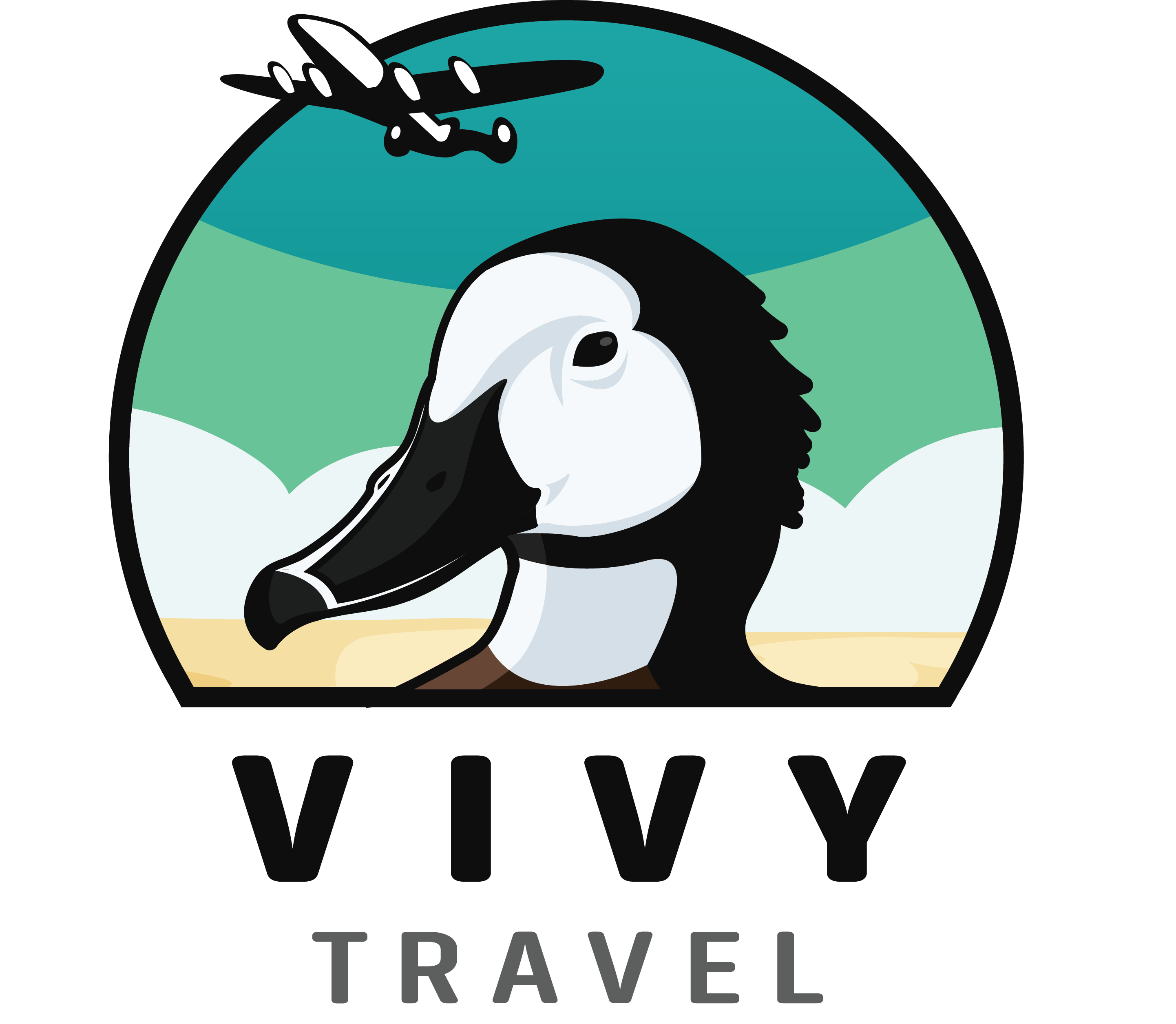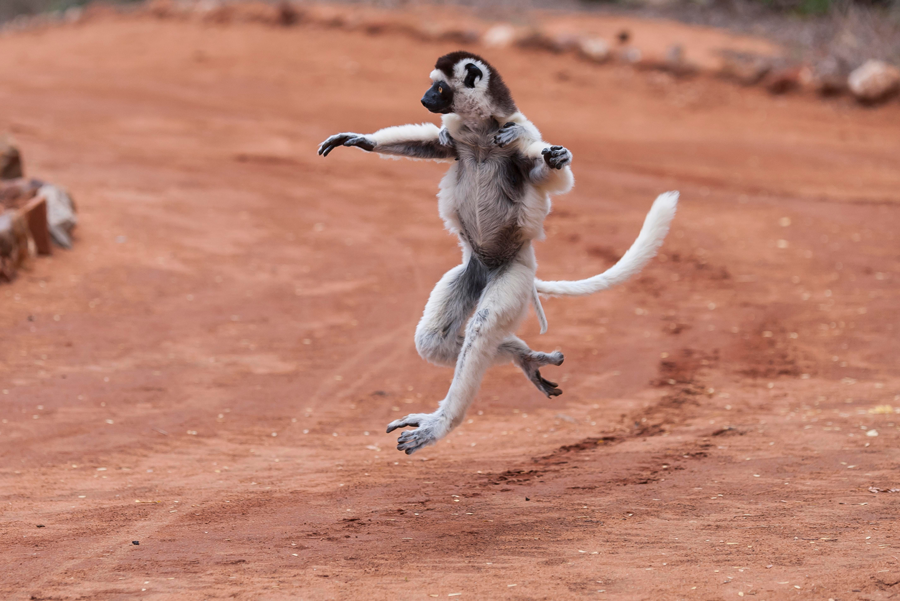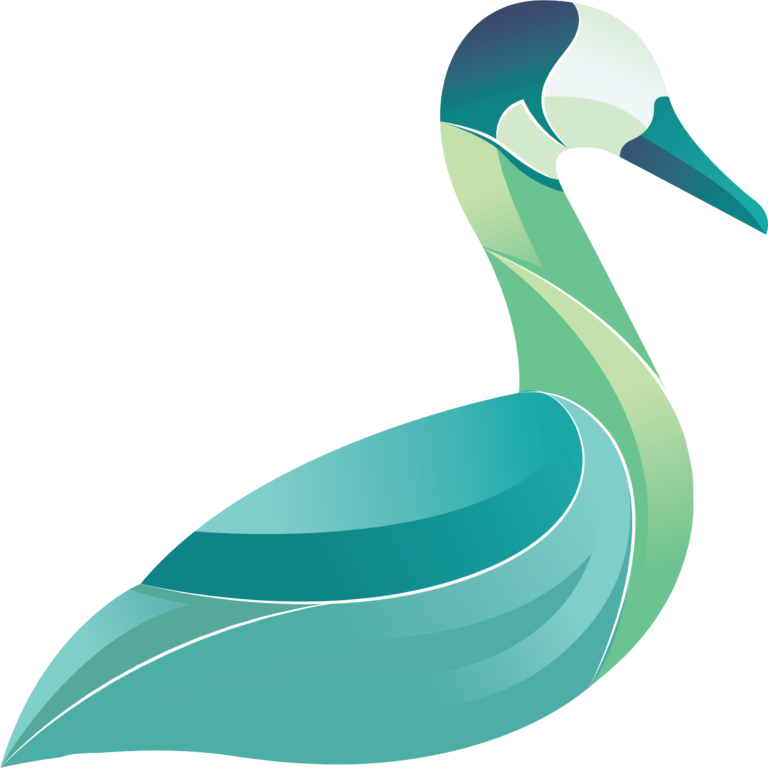The Berenty Reserve, located in southern Madagascar, is a reference site for scientists and many visitors curious to experience the diversity of animals and plants that abound in these forests. Situated two hours’ drive from Taolanaro, this private reserve was created in 1936 by the De Heaulme family and opened to the general public in 1981. It covers some 1,000 hectares of gallery and dry forest. Since then, it has gained international renown for its wealth of flora and fauna, offering a unique refuge for many endemic species. As an inspiring conservation project, the reserve also raises awareness and encourages local people to protect the region’s flora and fauna for the long term.
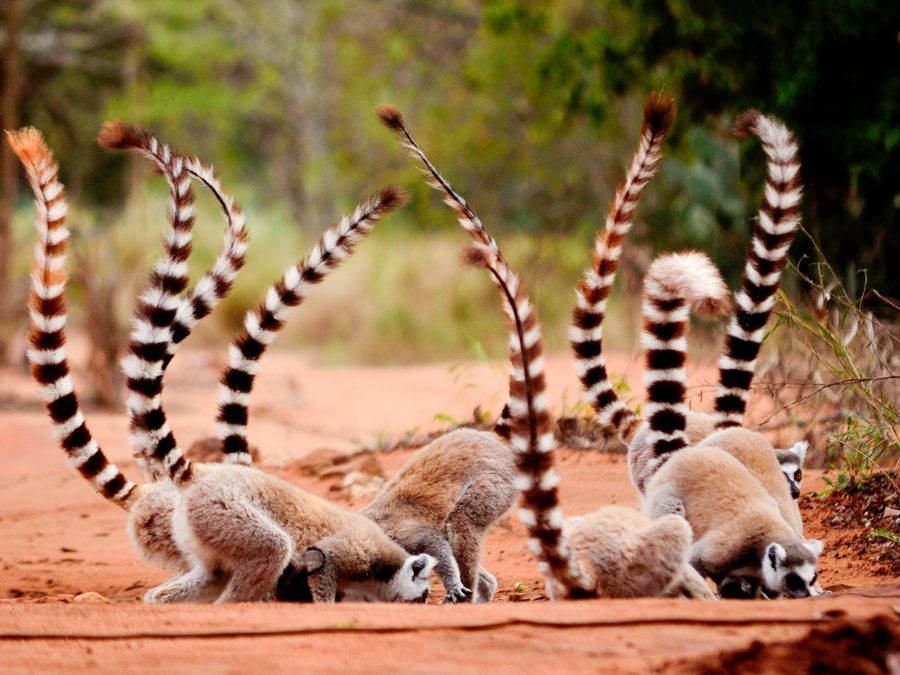
The exceptional wildlife of Berenty :
One of the most remarkable aspects of the Berenty Reserve is its population of lemurs, mammals that are well known on the island and almost fetishized. Of the 1,000 hectares of protected area, 250 hectares along the banks of the river are open for walking and discovering the approximately 2,000 lemurs that live there in total freedom. Visitors can observe six different species, including the famous dancing sifakas and the catta makis, recognizable by their black-and-white ringed tails. You can also encounter the nocturnal microcebe on tours guided by indispensable naturalists. In addition to lemurs, Berenty is home to many other animal species, including reptiles, bats, a wide variety of birds, and turtles. This diversity makes the reserve a privileged site for researchers and nature enthusiasts alike. To round off your visit, an unexpected but comprehensive museum presents the everyday objects and customs of the Antandroy people.
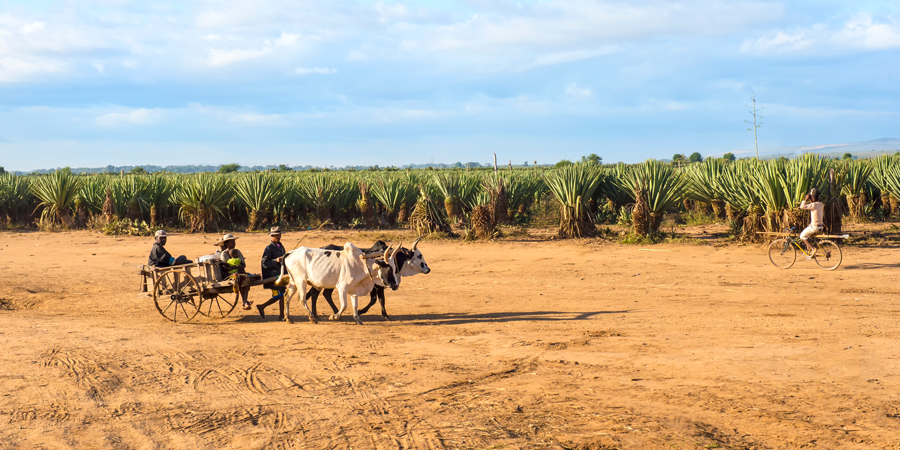
Unique and diversified vegetation :
The flora of the Berenty Reserve is just as impressive as its fauna. The reserve is home to a variety of vegetation types, from lush gallery forests to sparser dry forests. The landscape is also complemented by red sands and bushes, offering a spectacle of unrivalled endemic richness. Endemic plants include several species of baobabs, and medicinal plants used by local communities. In the Mandrare valley, sisal is grown on 20,000 hectares of land, boosting the region’s economy.
Continuing into the heart of Berenty, wild ducks and kingfishers will accompany you. You’ll come across fishermen on their pirogues and, from the banks, you’ll be able to make out a few villages. After the arroyos, near Lake Ambavarano and not far from a passage to the sea, you’ll disembark at Evatra, a small fishing village. Accompanied by a few hours’ trekking, you’ll reach the immense and beautiful sandy beach of Baie de Lokaro. For the more adventurous, a panoramic trail along the coast is available, offering around two hours of walking to discover the area’s endemic flora: flowering euphorbias, immense aloes, and you’ll also finish the journey in Lokaro Bay. If you’re lucky, you’ll be treated to a traditional pirogue fishing show.
